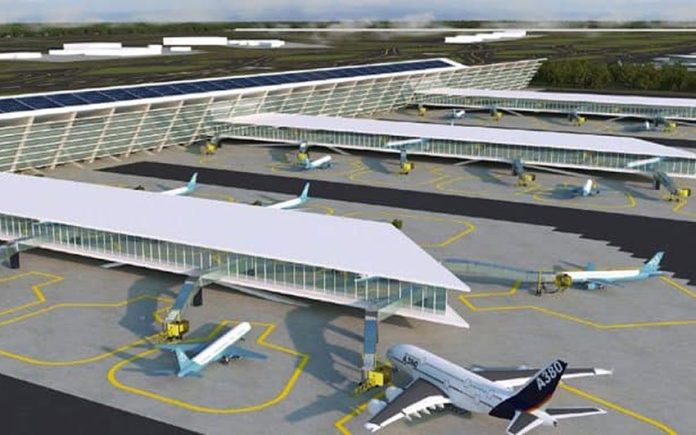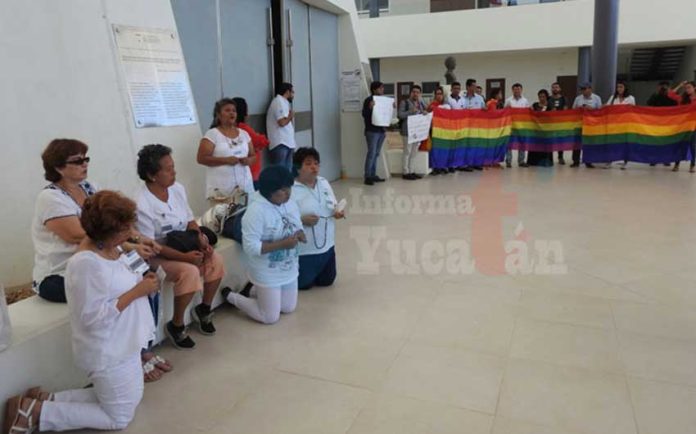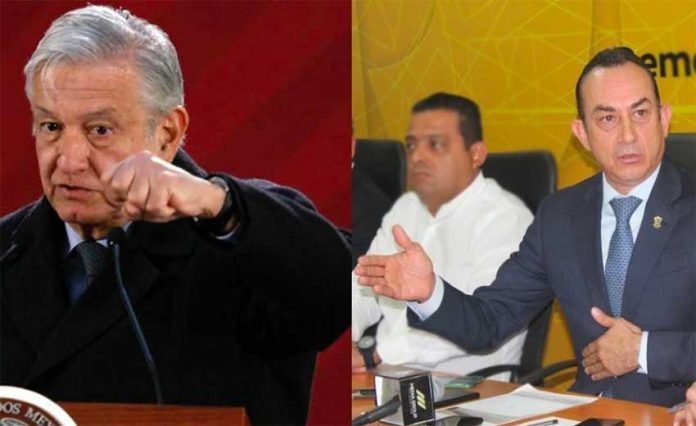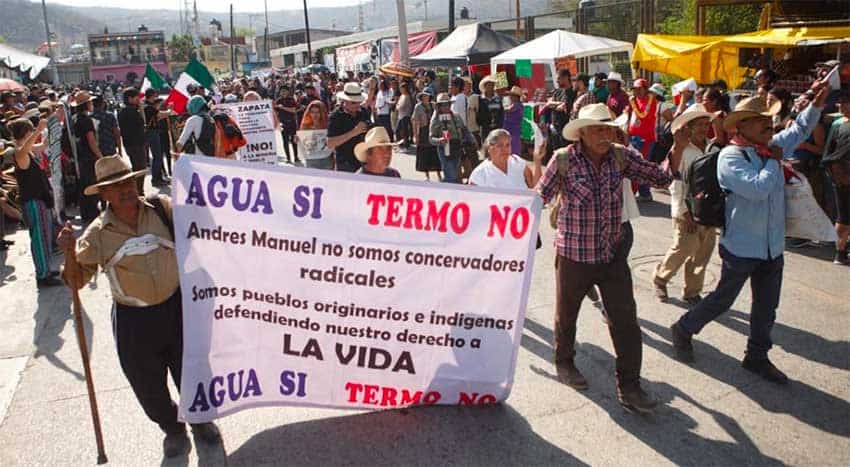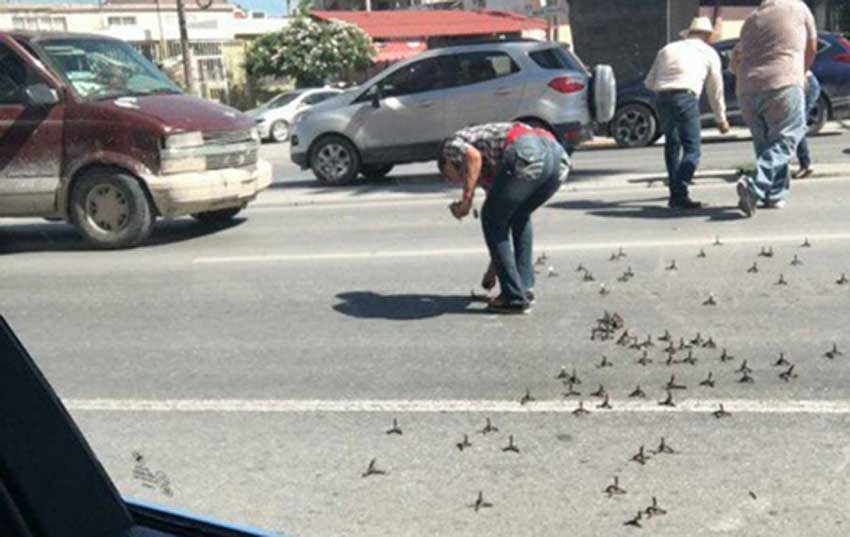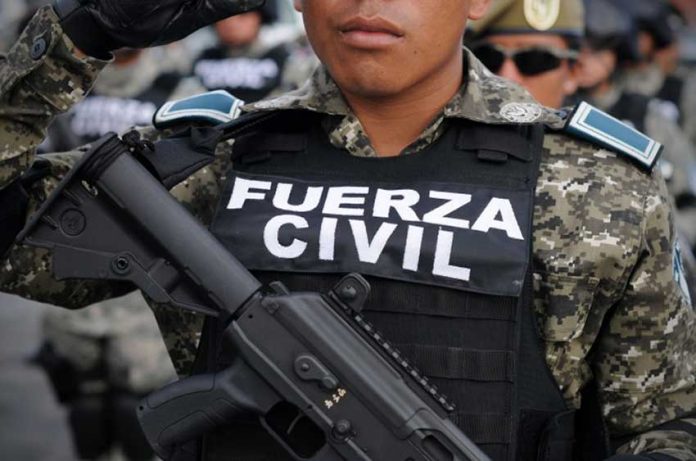Mention the words ataque de abejas (bee attack) to anyone living in rural Mexico and for the next half hour you will surely hear story after story about relatives and friends whose brush with bees ended either miraculously well or tragically bad.
“We went on horseback to an old mill on our rancho,” María Cristina Barragán told me, “and bees swarmed out of a hole in the wall. They covered the faces of my teenage daughter and her friend and all four of us were stung again and again until we jumped into a canal full of water to escape them.
“That’s when they went straight for our horses. In the end, the four of us lived, but three of our horses and one of our dogs died.”
The so-called killer-bee problem began in 1957 when 26 Tanzanian swarms escaped quarantine in Brazil. They began breeding with local bees, resulting in the Africanization of bees throughout most of the Americas.
The new hybrid turned out to be a very sensitive and aggressive creature, quite ready to chase “invaders” of their territory for kilometers. In the late 1980s most of Mexico was Africanized and today the hybrid is slowing conquering the United States.
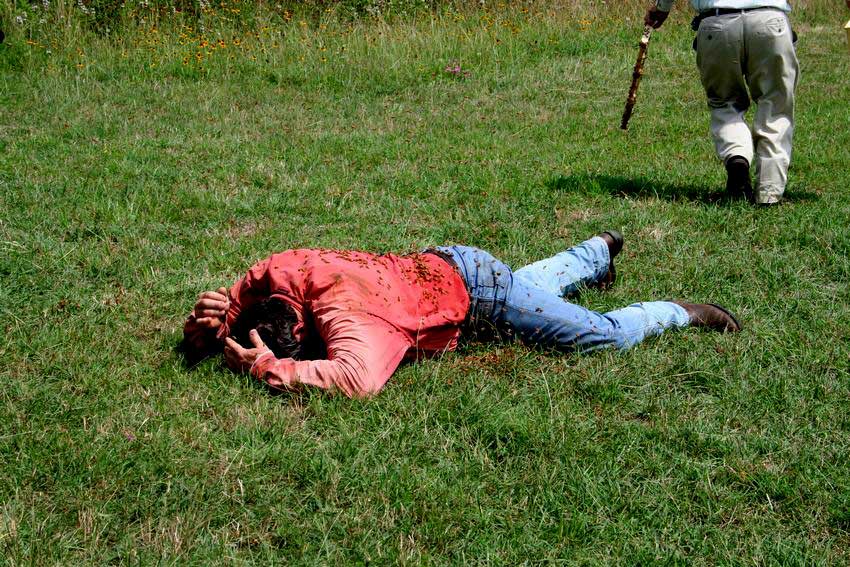
According to The New York Times, the first U.S. citizen to die of an Africanized bee attack was Lino Lopez, an 82-year-old rancher who was stung to death in Harlingen, Texas, in 1993.
When I sat down with members of a special committee which was set up in 1991 to control Africanized bees in metro Guadalajara, I was amazed to learn that they receive between 200 and 300 bee-attack emergency calls every month, all year round. “And that is just inside the boundaries of greater Guadalajara,” they told me.
The reason I was meeting with this committee was because I too have experienced perhaps more than my share of bee attacks while beating through the bush looking for caves. On one occasion I was chased half a kilometer by a swarm and one of my companions ended up in the hospital after receiving over 60 stings.
This is why, some years ago, I took special interest in reports about a non-toxic spray called BeeAlert that could halt a bee or wasp attack and allow victims to slip away.
I looked up the inventor of BeeAlert, Will Baird of Houston, Texas, and asked him to tell me his bee-attack story.
“It wasn’t I who was attacked,” he told me, “it was my neighbor — a young man about to be married — and he died as a result. He was on a tractor pulling a huge grass mower and the noise upset the bees in his own hive, which he didn’t realize had become Africanized.
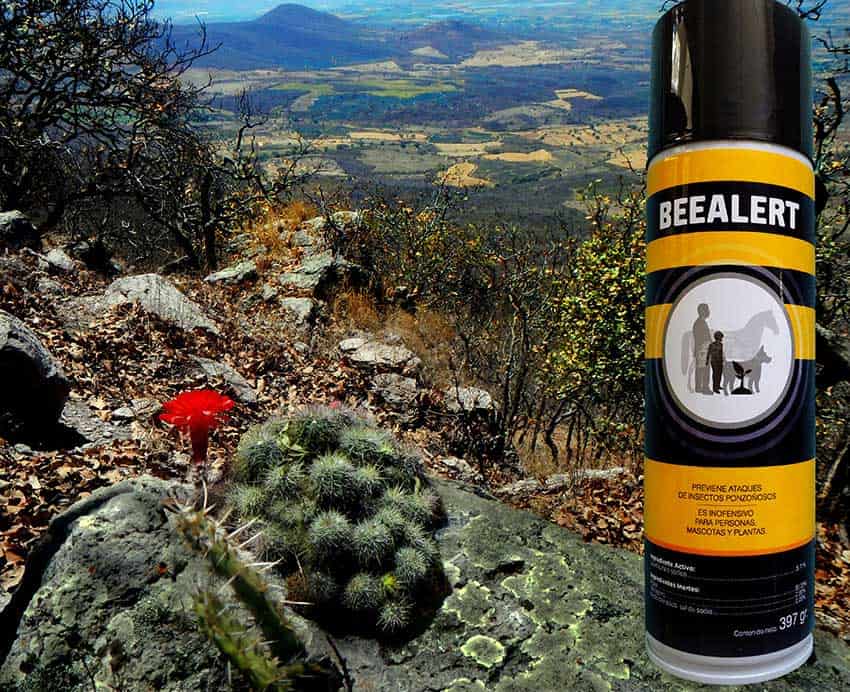
“They poured out of the hive and began stinging him viciously on his head and arms. As a result, he fell off the tractor and the mower blades cut off his legs. It was a tragedy, and I set out to find something that could prevent this happening to other people.”
During the following months, Baird decided to seek a way for people to defend themselves against an attack by Africanized bees. He began with smoke-generating devices on tractors and then had an inspiration: what about water vapor instead of smoke? He soon found out that bees have a defensive mechanism to prevent their drowning in a spray of water.
“Bees breathe through their thorax,” he explains, “and they have waxy hairs around the thorax which make the water bead up, so the flow of air is unimpeded.”
Baird next searched for a formula that would allow water to bypass the waxy hairs. Once he found it, he discovered that bees greatly disliked being caught inside a soapy mist. “They communicate among themselves,” he told me. “Those inside the mist immediately warn the rest of the swarm, which will then hover above the spray but no longer try to penetrate it.”
Because the bees are forced to stand off, their victims are given the precious moments they need to move away from the “hot zone” around an Africanized bee hive.
“What’s unique about this liquid,” says Baird, “is that it is completely non-toxic both to people and to the environment. It simply interferes with the bees’ breathing.” He points out that it can be safely sprayed directly on the body and face of a person covered with bees, unlike an insecticide or firefighting foam, both of which are toxic.
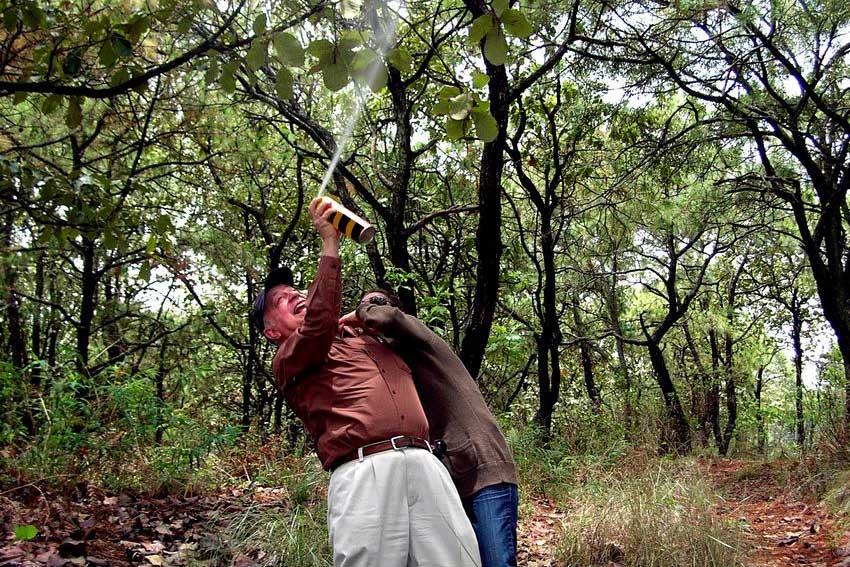
When I asked him whether he has received any feedback from his customers, Baird replied, “Just one week ago I got a phone call. ‘Is this Will Baird?’ asked the caller. ‘Yes,’ I replied. ‘Well, I want to thank you,’ said the voice. ‘You saved my life.’”
Baird’s caller had been operating a bulldozer. When he began to move some boulders, killer bees swarmed out and began stinging him. He jumped off the bulldozer and ran towards a Jeep where a friend was waiting.
The bees followed him and immediately attacked the friend and his dog, both of which were sitting in the unroofed vehicle. By chance, the friend had a can of BeeAlert aerosol in the car and sprayed it upward, in a circular motion. The bees then stopped their attack and after a few moments, the men and the dog left the scene, having received only a few stings.
“In short,” says Baird, “it works.”
This approach causes minimum harm to bees which are, of course, endangered. It seems to me Baird’s solution should be brought to the attention of organizations throughout the Americas dedicated to protecting the public.
Mexico has taken a step in that direction. In January of 2015, Jalisco’s Industrias Melder, pioneers in animal nutrition, decided to import BeeAlert from the U.S. in 14-oz. environmentally-friendly aerosol cans, especially for the benefit of their customers living on ranches where bee attacks are common.
[soliloquy id="76165"]
Scrupulously following Mexico’s complex import regulations, it took Melder nearly four years to obtain permission to bring this non-toxic, shampoo-like spray across the border and as a result, BeeAlert is now available in Mexico at Supervet stores in the Guadalajara area or can be ordered online for shipment anywhere in the country. For more information, call 018007137037.
If you enjoy hiking off the beaten track in Mexico, be prepared! You may be surprised at which articles of clothing, jewelry and personal hygiene could touch off a bee attack. Check out my Recommendations for Avoiding or Surviving a Mexican Killer-Bee Attack.
The writer has lived near Guadalajara, Jalisco, for more than 30 years and is the author of A Guide to West Mexico’s Guachimontones and Surrounding Area and co-author of Outdoors in Western Mexico. More of his writing can be found on his website.

